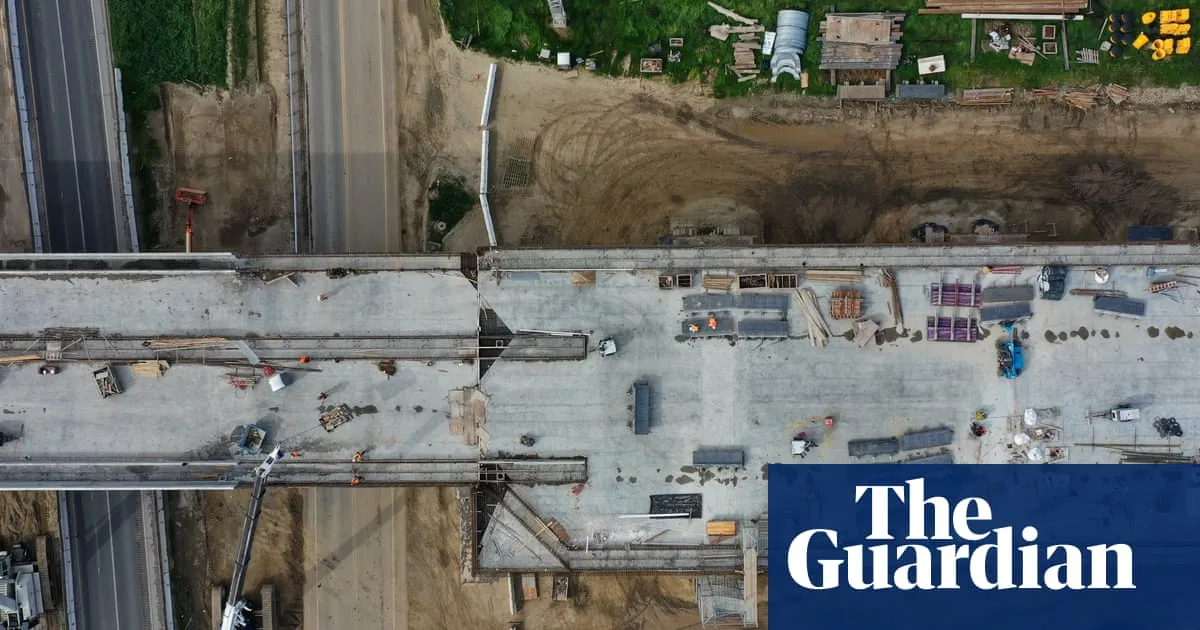
On Wednesday, former President Donald Trump announced that the U.S. Department of Transportation is rescinding a significant amount of federal funding—$4 billion—allocated for California's ambitious high-speed rail project. This decision has sparked considerable debate regarding the future of the project, which has faced numerous challenges since its inception.
The Department of Transportation cited a lack of a viable path forward for California’s high-speed rail project. In addition to the funding cut, officials indicated they might consider reclaiming further financial support related to the project. A recent 315-page report from the Federal Railroad Administration highlighted several critical issues, including missed deadlines, budget shortfalls, and questionable ridership projections that question the project's viability.
One of the most pressing concerns raised in the report is California's failure to secure an additional $7 billion in funding necessary to complete the initial 171-mile segment of the rail line, which runs between Merced and Bakersfield. The overall vision for the California high-speed rail system includes a two-phase route covering 800 miles (approximately 1,287 km) with speeds reaching up to 220 mph, connecting major cities from San Francisco to Los Angeles/Anaheim. The second phase plans to extend the line north to Sacramento and south to San Diego.
The California High-Speed Rail Authority has publicly disagreed with the administration's conclusions, labeling them as misguided and not reflective of the significant progress made thus far in delivering high-speed rail in California. The authority emphasized that California Governor Gavin Newsom has proposed a budget that extends at least $1 billion annually for the next 20 years, which they argue will provide the necessary resources to complete the project's initial operating segment. Furthermore, the authority has noted ongoing civil construction along 119 miles in the state's Central Valley.
Transportation Secretary Sean Duffy criticized the project, stating that “Newsom and California’s high-speed rail boondoggle are the definition of government incompetence and possibly corruption.” In response, Governor Newsom took to social media, asserting, “Won’t be taking advice from the guy who can’t keep planes in the sky.” This exchange underscores the ongoing political tensions surrounding the funding and execution of the high-speed rail initiative.
The California high-speed rail project has a tumultuous history, with voters approving a $10 billion bond for its development back in 2008. However, costs have skyrocketed over the years, with projections now estimating expenses to range from $89 billion to $128 billion. Originally, the San Francisco-to-Los Angeles route was expected to be completed by 2020 for $33 billion, but delays and budget overruns have significantly altered its trajectory. In a previous administration, President Joe Biden restored a $929 million grant for the project in 2021, which had been revoked by Trump in 2019, who labeled the initiative as a “disaster.”
The future of California's high-speed rail project remains uncertain as the state grapples with funding, political opposition, and logistical challenges. As the debate continues, stakeholders will need to address these critical issues to ensure the project's viability and completion.